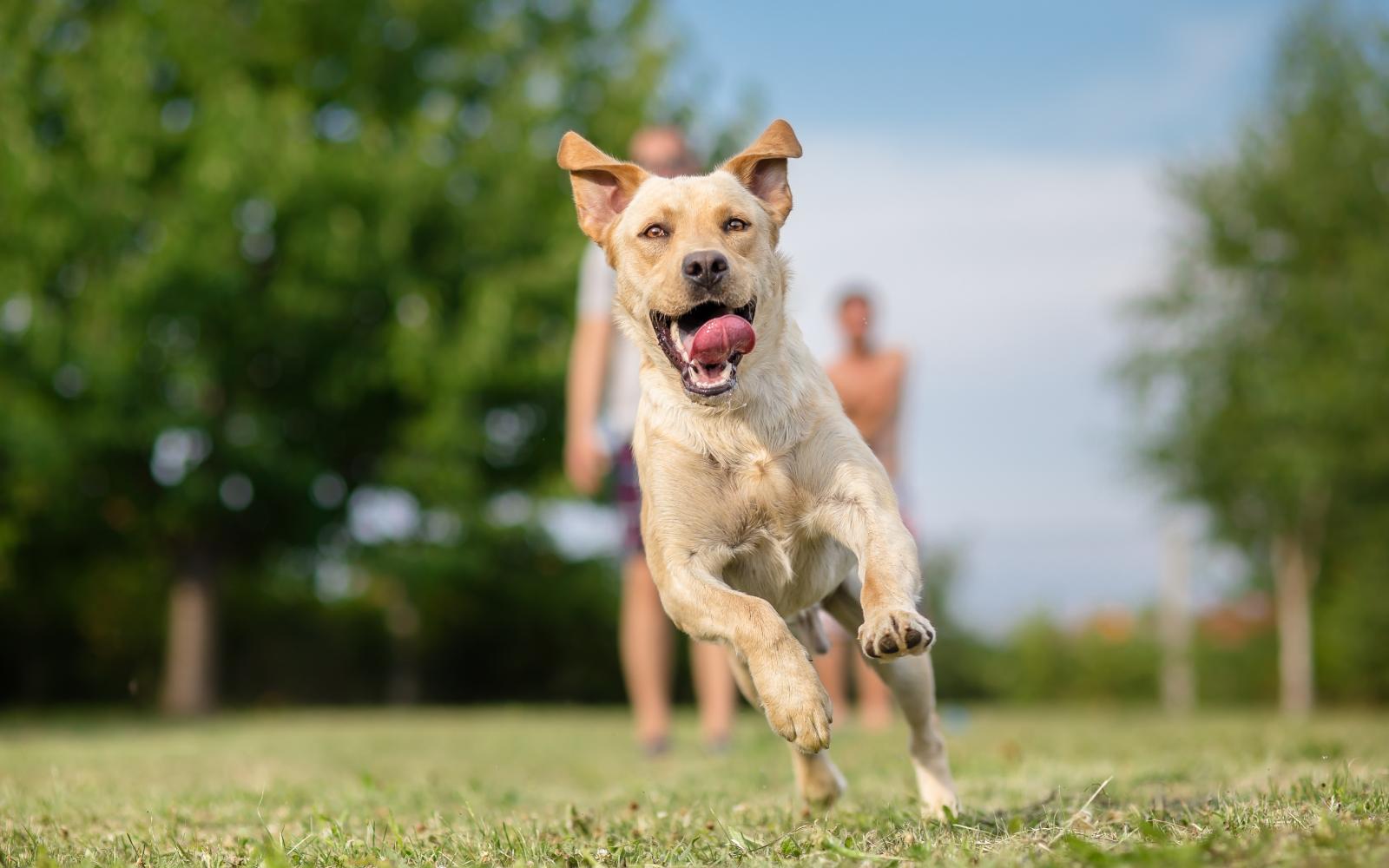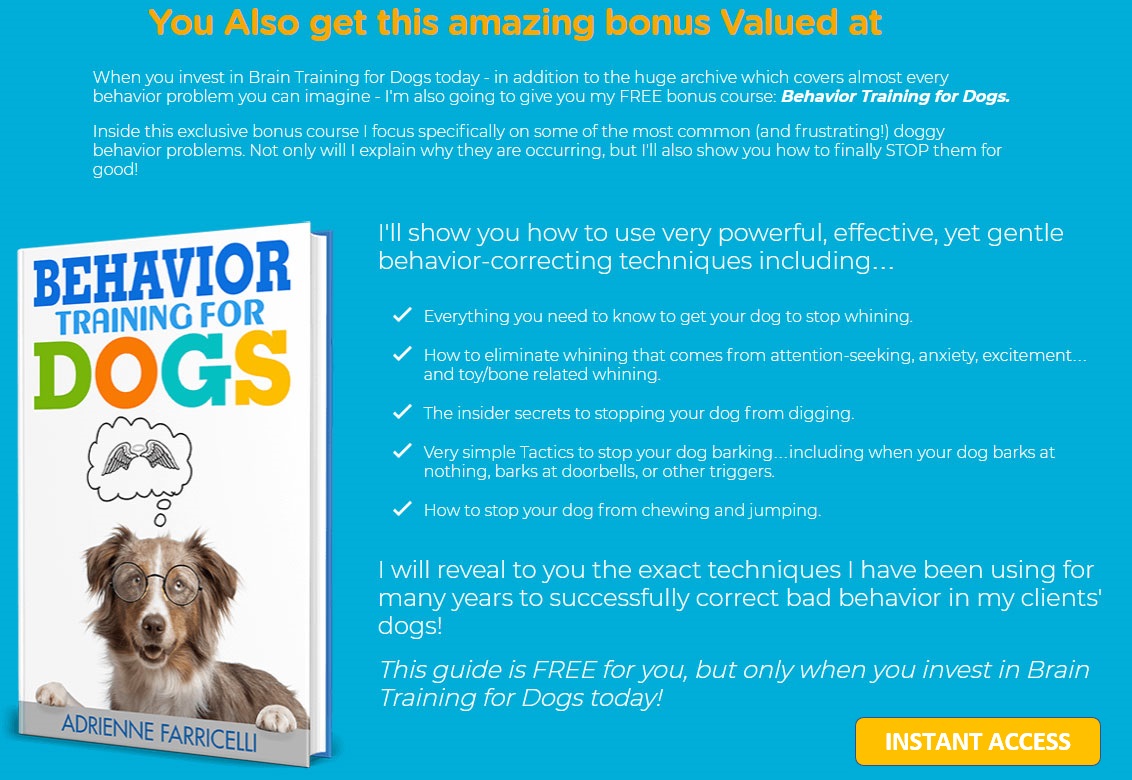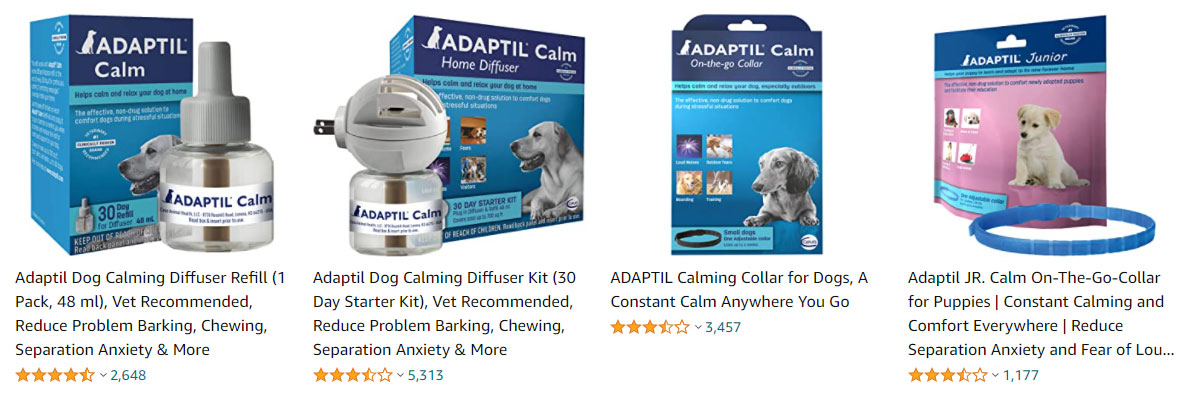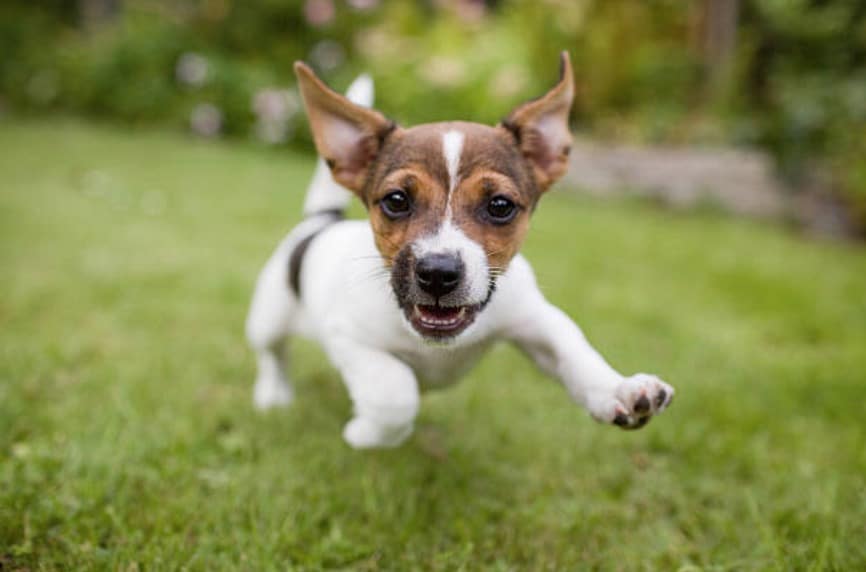Dog is hyperactive
Whether it's after work or as soon as a guest comes over, a dog can sometimes be on the move all the time, which can be very tiring and annoying. Why are some dogs more active than others? What solutions exist to calm this hyperactive behavior?
Hyperactive dog: What does it mean?
Canine hyperactivity is defined as too much activity. Compared to other "normal" dogs, the activity level of a hyperactive dog will be much higher.
Dog hyperactivity is often mistakenly confused with destructive behavior, and destruction may be just another facet of the same problem.
It is important to understand that a dog, regardless of its breed, is active anyway, especially if it stays locked up or tied up all day.
It is therefore important not to classify as pathological a behavior that is in fact quite normal. On the other hand, it is true that some breeds, especially those originally intended for hunting, are more active than others.
Dog hyperactive
The symptoms of the hyperactive dog are as follows:
• The dog does not respect the stop signals;
• He has not acquired self-controls: this can be mistaken for aggressiveness;
• He is very rarely calm;
• He presents sleep disorders: he wants to play even at night;
• He presents appetite disorders: he eats immediately the contents of his bowl.
And above all: the hyperactive dog reacts to any noise, any movement, any situation.

Why does a hyperactive dog behave this way?
Hyperactivity can often be confused with :
• Anxiety disorders
• Separation anxiety
• Sociopathy
• Hierarchy problems
• A lack of education
• The puppy was adopted too young or the mother had too many pups to do her job properly. The mother could not be present during the 4th week, which is one of the most important. It is normally at this time that the puppy's notion of play becomes important and the mother normally ensures a healthy regulation of this activity. If the puppy was adopted before the mother was able to impose these limits, then the hyperactivity problem can develop without any restraint.
• The beginning of hypothyroidism
This is why it is important to systematically consult a veterinarian in order to identify the origin of the problem.
Finally, hyperactivity can be caused by the Hypersensitivity-Hyperactivity Syndrome of which there are different stages.
Yes, just like humans, dogs can suffer from Hypersensitivity-Hyperactivity Syndrome.
However, we must be careful because this syndrome tends to be over-diagnosed.
It is a developmental disorder that causes symptoms that are the same as those mentioned above, but can also include biting, destructive behaviors and even obsessive-compulsive disorders. The dog then has the mindset of a puppy when it is fully grown.
Whatever the reason, fortunately there are solutions to help owners avoid separating from their dog and regain a peaceful relationship.
A hyperactive dog is often hyper-sensitive
His biggest problem is the regulation of emotions. He is not or no longer able to set clear and established limits for himself.
In your dog's mind, when he engages in untenable behavior, he is not doing anything wrong. Yelling at him will only bring confusion, fear, stress and more emotions.
Hyper-sensitivity leads to a state of hyper-vigilance. This is the state in which all mammals find themselves when faced with danger. This upsets the organism at different levels and results in an increase in sensory perceptions, stress hormones in order to prepare to react to an imminent danger.
Do you understand the cycle now? Your dog is hyperactive because he is hyper-sensitive and this sensitivity leads him to a state of hyper-vigilance.

Basic principles for dealing with a hyperactive dog
Even though it can be very difficult at times, it is important to remain calm at all times. Screaming is useless and even counterproductive.
Since canine hyperactivity is characterized by a reaction to any stimulus, it is best to avoid any sudden gestures or shouting. However, the slightest misbehavior should never be tolerated, especially when it comes to biting, which could quickly turn into a real bite.
Similarly, you should never punish a hyperactive dog, especially if it suffers from hs/ha syndrome, which is a real pathology for which the animal is not responsible.
Positive reinforcement based on giving a reward when the dog behaves in the right way has a very good success rate. Also, one should not hesitate to engage in a real re-education through obedience exercises, recall, etc. Ignoring the dog can also sometimes work in certain situations.
Modifying the environment
Play therapy works very well with a hyperactive dog. It is important to provide enough activities to keep the dog busy while reteaching good behavior. Of course, care must be taken to ensure that the play is stopped with both a firm behavior and vocal command.
If the hyperactivity manifests itself as aggression and/or running away from home due to heat, spaying or neutering may be a good remedy.
Anti-stress products for puppies and hyperactive dogs
It is primarily up to the owner of a hyperactive dog to know how to control his animal while respecting him. In order to help him in this sometimes difficult task, there are nowadays calming treatments. Of course, these cannot be a solution in themselves. They are only a complementary tool to an adapted behavioral remediation.
Chemical products
It is possible to obtain products that all use soothing pheromones that are odorless for owners. They come in different forms:

Anti-stress medications
There are also anti-stress medications. Psychotropic drugs can also be considered: these are only for the high stages of the hs/ha syndrome and can only be obtained with a veterinary prescription.

Restraint clothing
It is possible to obtain clothes for hyperactive dogs. These are based on a harmless swaddling technique. The garment exerts a gentle, soothing pressure on the dog. The same principle is used to swaddle babies.
The Tips
Trust your veterinarian.
Don't be afraid to take your dog to your veterinarian to be evaluated for hyperactivity. In any case, if your dog shows signs of being hyperactive, he or she will need mandatory follow-up. As explained, this problem can be managed and channeled. But only a qualified health care professional will help you in the best way.
Ask a dog trainer for advice.
In the same way, to find a solution to this problem, you can turn to the second type of canine professional: the behaviorist educators. They will be able to advise you on training techniques to use with a hyperactive dog and give you valuable advice. Some educators consult online or by phone. So don't miss out!
Beware of the risk of biting.
A hyperactive dog knows no limits in play and tends to forget its strength. In this case, the risk of biting is greatly increased. You should therefore be very careful when playing with your pet.
Be careful with children.
The risk of a bite from a hyperactive dog is high, so it is best to avoid leaving a child around. In any case, do not leave a child alone with the animal. The consequences could be catastrophic.
Avoid throwing balls and other sticks.
Again, the problem is that a hyperactive dog doesn't know his limits. If you start playing with him by throwing things at him or pushing him to bite toys, he'll have a hard time knowing when to stop.
Provide stability for your dog.
Your pet has an emotional regulation problem. You'll need to become his point of reference. This means you can't afford to have unstable reactions with him. You must become a model of stability that he can rely on.
Don't yell.
No matter what happens, never raise your voice with a hyperactive pet. It will only reinforce the problem. Speak in a soft voice and ignore him instead, which will be much more effective.
Conclusion
The hyperactive dog can pose real problems to a master who can quickly be overwhelmed by events. Several types of solutions exist, we have listed them above.
However, professional advice will always be the best way to manage this hyperactivity. In this case, you should consult a canine behaviorist as well as a veterinarian. Only these canine health professionals will provide you with the necessary elements to manage this problem.

